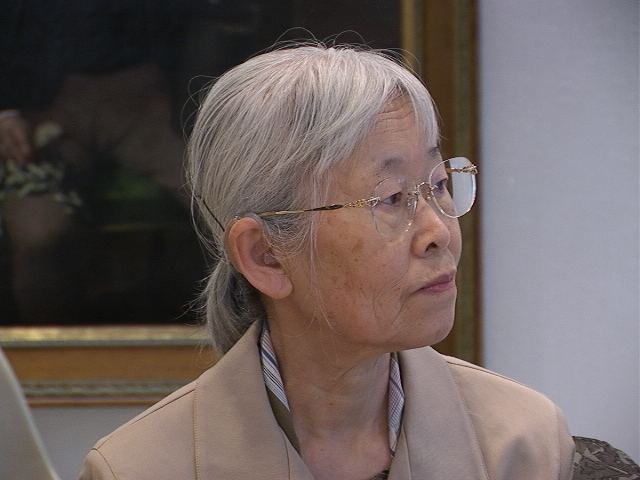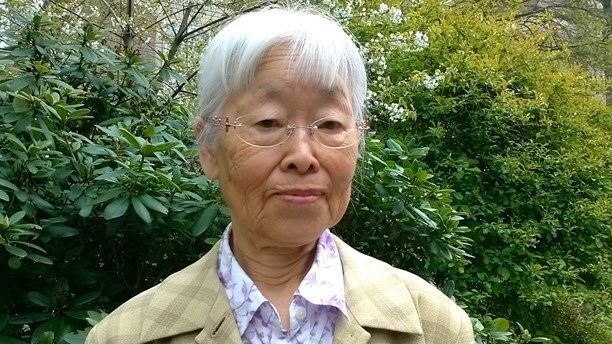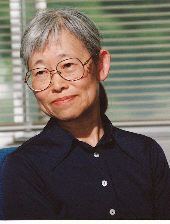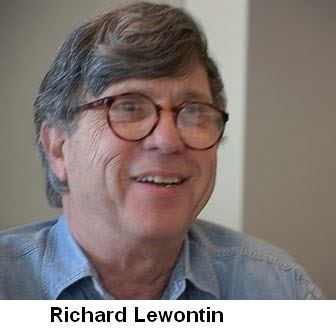Name Tomoko Ohta Role Scientist | ||
Books Evolution and variation of multigene families | ||
Crafoord prize lecture tomoko ohta
Tomoko Ohta (太田 朋子, Ōta Tomoko, born Tomoko Harada 原田 朋子 September 7, 1933, Miyoshi, Aichi) is a Japanese scientist working on population genetics/molecular evolution. She and Richard Lewontin were jointly awarded the Crafoord Prize for 2015 "for their pioneering analyses and fundamental contributions to the understanding of genetic polymorphism".
Contents
- Crafoord prize lecture tomoko ohta
- Genotype to phenotype link and nearneutrality in evolution
- Life
- Reactions to Ohtas Nearly Neutral Theory
- Recognition
- List of books available in English
- References

Genotype to phenotype link and nearneutrality in evolution
Life

Ohta graduated from the Agriculture Department of the University of Tokyo in 1956. She worked at an editorial publishing company before she was hired at the Kihara Institute for Biological Research. There, her work focused on the cytogenetics of wheat and sugar beet. In 1962 an opportunity provided by Hitoshi Kihara to study abroad in the U.S. became available. While a graduate student at the Graduate School of North Carolina State University, she switched her graduate study focus from plant cytogenetics to population genetics with the help of her advisor, Ken-Ichi Kojima, whom she eventually became a student of. She assisted Kojima in working on problems in stochastic population genetics. She obtained her Ph.D. from North Carolina State University in 1966. Because she had studied abroad as a Fulbright student, she was only able to stay in the United States to finish her PhD.

Returning to Japan, Ohta worked under Motoo Kimura, who was the only theoretical population geneticist in Japan at the time. After working on the neutral theory of evolution with her mentor Kimura, she became convinced that nearly neutral mutations (neither deleterious nor entirely neutral) played an important role in evolution. She developed the slightly deleterious model (Ohta, 1973), then a more general form, the nearly neutral theory of evolution. She worked at the Japanese National Institute of Genetics from 1969 to 1996, and, in 2002, she was elected to the United States National Academy of Sciences as a foreign associate in evolutionary biology.

She was married to Yasuo Ohta from 1960 to 1972, and has one child.
Reactions to Ohta's Nearly Neutral Theory

When Ohta first published her Nearly Neutral theory, she faced difficulty in attracting the scientific research community's attention. Many researchers at the time strongly supported the natural selection theory. Supporting data in protein evolution was sequentially collected in the 1990s, with even more evidence supporting her theory made available throughout the 21st century.
